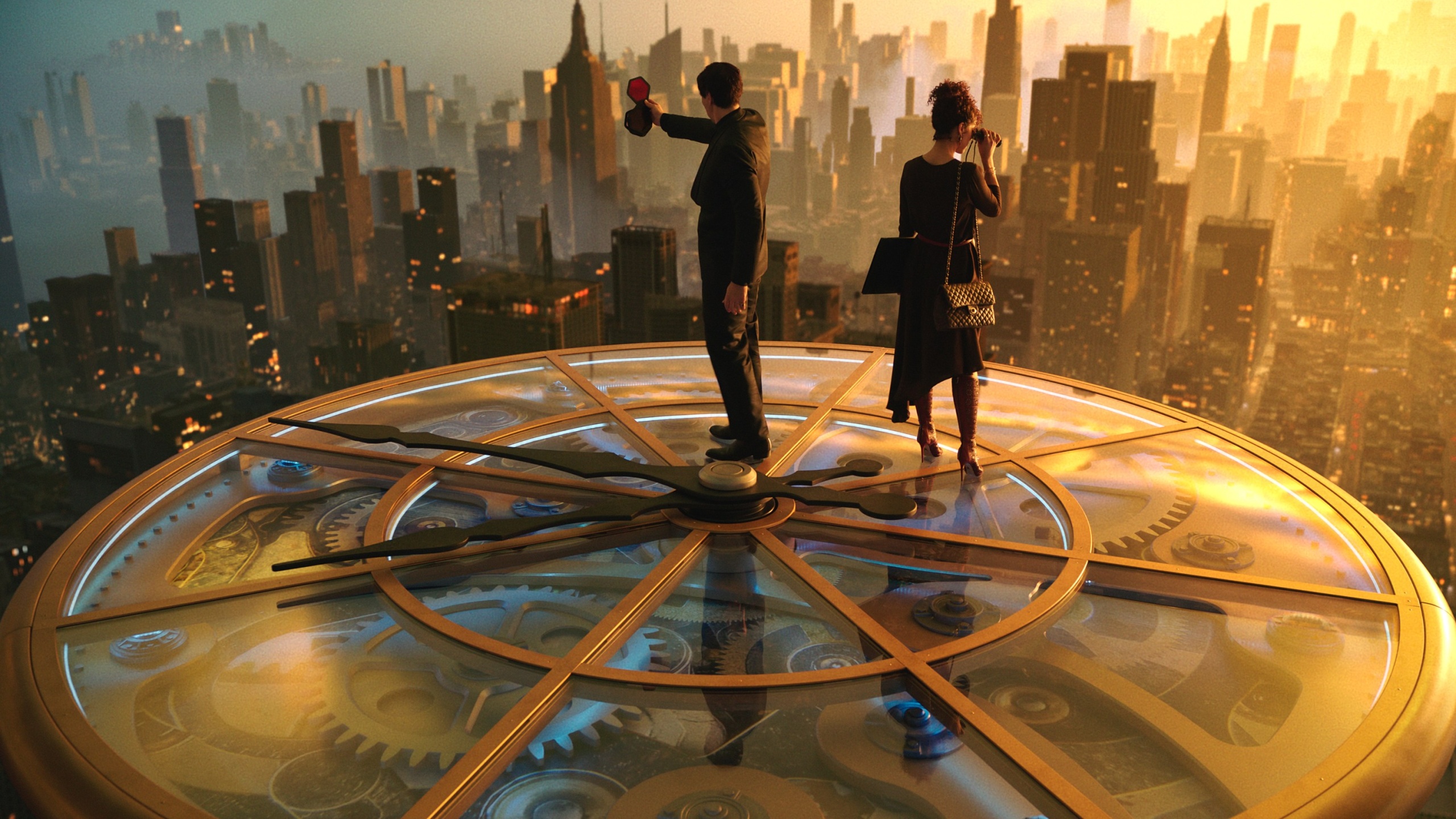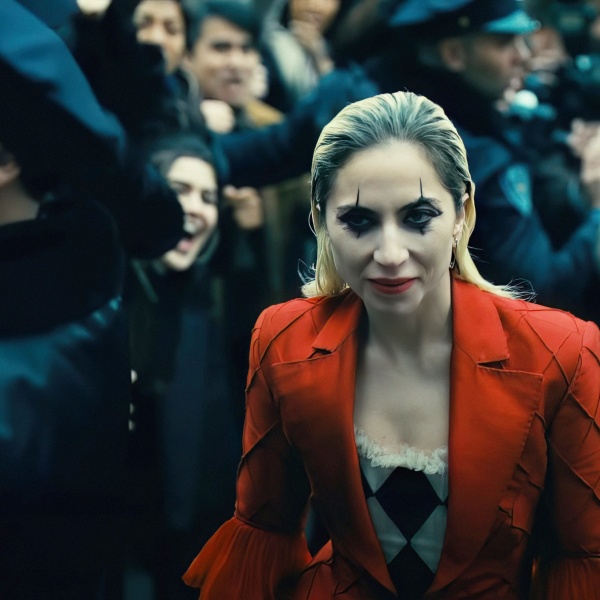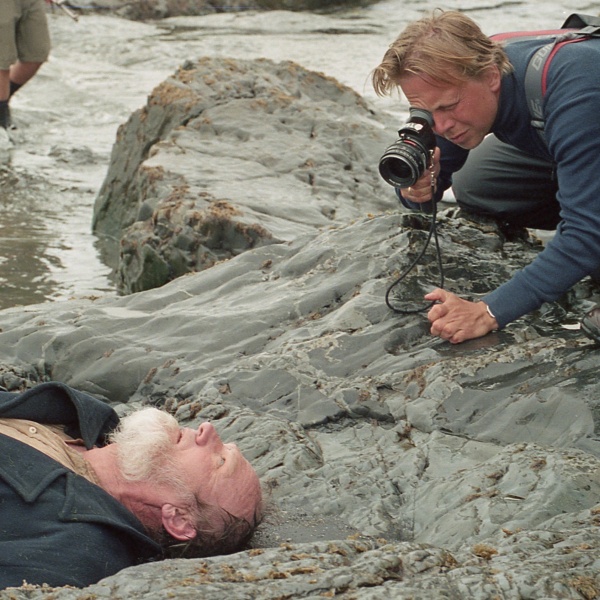It’s fitting that the forward-thinking Francis Ford Coppola finally turned to virtual production on his $120 million futuristic passion project, “Megalopolis,” with its reliance on experimental theatricality and fantasy imagery. After all, the director has always been a proponent of tech advancement: “One From the Heart” (1982) introduced the Silverfish electronic hub for enabling simultaneous pre-production, production, and post-production activity. However, his preference for shooting live in-camera effects (“Bram Stoker’s Dracula”) necessitated an embrace of blue screen and LED volume stage work.
But Coppola was in a bind. After disbanding his VFX team (along with his art department) toward the end of production for budgetary and creative differences, he hired his nephew, Jesse James Chisholm, a Marvel vet, to take over as VFX supervisor in post (working at Coppola’s new All-Movie Hotel post facility outside of Atlanta).
Chisholm quickly got up to speed with his uncle to understand his creative vision and new streamlined approach. He studied the existing assets, especially the work of concept artist Dean Sherriff, and immediately put together an in-house VFX team (with German-based RISE as the principal outside company).
“The journey began when he and I sat together and just watched clips of movies and short films that he directed and acted in and a recut of ‘One From the Heart,’” Chisholm told IndieWire. “I’m very naive. I approach film differently than he does. He’s a master. I am a leaf under a shoe. Francis brought Dean on in post. And so we were drawing on the images that were shot and giving us a kind of a roadmap where to go visually. And it was really hard for me with where I come from and my approach to visual effects to realize that the images have to elicit emotion.”

Coppola also reached out to VFX guru Rob Legato (who’s worked with James Cameron, Martin Scorsese, and Jon Favreau) for advice. They discussed alternate techniques to the more expensive pipeline of traditionally rendered VFX. “Because of economics and the fantasy aspect of the imagery, Francis wanted to turn more to the real-time game engine to produce some of the work,” Legato told IndieWire. “So I advised a little on that. I traded emails with Francis frequently, discussing techniques, offering suggestions, and providing examples of in-camera effects that he preferred.”
The VFX emphasis was devoted to Megalon, the revolutionary bio-adaptive building material created by architect Cesar (Adam Driver). The glowing, translucent, yellow substance forms the basis of the Megalopolis utopia envisioned by Cesar. As the city grows, it takes on unique organic shapes, with lots of flora and fauna. This was added in post as blue screen extensions throughout the futuristic-looking set (shot at Trilith Studios outside of Atlanta). Megalon also features prominently in the CG reconstruction of Cesar’s face after a near-fatal shooting.
“I’m not going to define it [Megalon], that is for the audience to define,” Chisholm said. “Francis gave a lot of reference and we looked at photosynthesis, how things grew. We looked at a time-lapse of plants. We looked at veins going through leaves and flowers and just really leaning into nature.”
But Chisholm was unaccustomed to dealing with real-time game engine VFX, and Legato turned out to be a godsend. “I offered to demonstrate some Unreal engine results that might be of use in terms of quality,” Legato said. “Jesse agreed, and they hired an in-house Unreal artist. I ended up operating on a few shots for the [Megalopolis] set using Unreal with my [virtual pan-and-tilt] home wheels setup.”

“I just can’t tell you how much that came at the right time for me,” Chisolm added. “But the thing we did with Rob is we sent him our whole Megalopolis scene, a very optimized and skinny version of it. But he was able to fly around, and, because he’s on wheels and he’s used to operating, it gives it a human touch. It just feels real and alive, a motivated camera move. So he gave us gold and that’s what we used to cut. And then we just iterated and worked on those shots until we delivered, so he became the foundation.”
Early on, Coppola was eager to explore the LED volume and its game engine video playback, which was tailor-made for in-camera VFX. “Megalopolis,” therefore, became the first movie shot at Prysm LED Stages at Trilith Studios. The facility offers a fully enclosed virtual production volume powered by Megapixel’s Helios LED processor in an 18,000-square-foot purpose-built sound stage. The footprint accommodates large set pieces wrapped 360 degrees with LED panels, including an LED ceiling. They collaborated with Lux Machina for in-camera VFX and Unreal for the game engine-produced environments.
The VFX team used the Prysm LED for the opening scene, where Cesar stops time atop the Chrysler Building, a love scene between Cesar and Julia (Nathalie Emmanuel) on scaffolding, and another where they stand above the city on a giant clock.
The actors were suspended on a set 20 feet high (with a net below them to heighten the sense of danger), surrounded by the LED environment of the sky, clouds, birds, and the New York skyline. Also, there were two giant clock set builds for that particular scene.
“When we went into Unreal and finished in Unreal, [a few things] really became apparent,” added Chisholm. “It wasn’t my perception of what Francis wanted, it was exactly what he wanted. And I wasn’t doing a photo immaculate show. I was doing a show that was rife with this poetic realism, and is theatrical, and needs to stay in that tone all the way through.”






